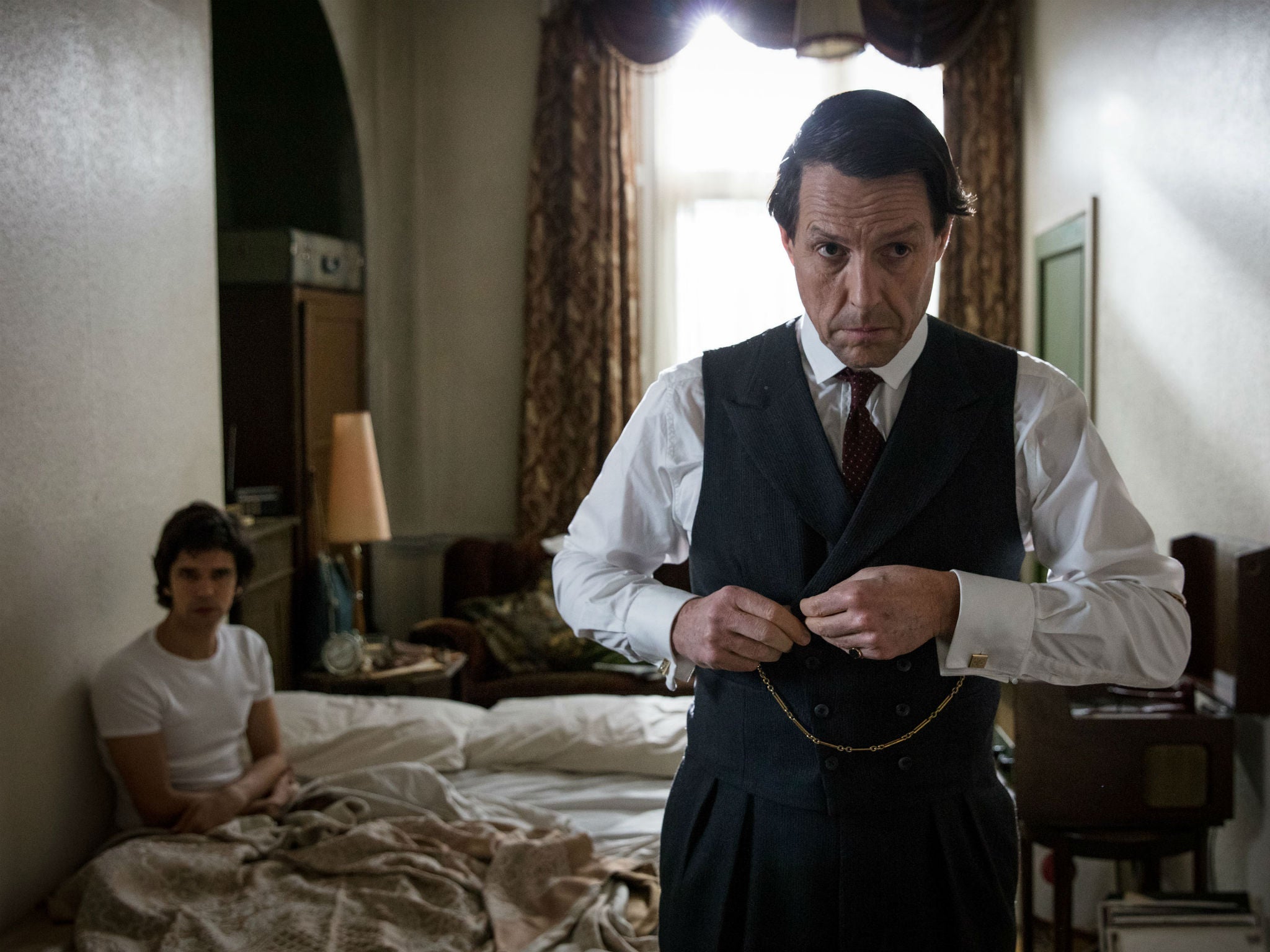



In addition, by making use of the gender gap (_), I want to mark the diversity of gender-based ways of existing. It should make clear that the terms man* or woman*, for example, refer here to all persons who define themselves, are defined by, and/or see themselves made visible under this term.

In the sense of a queer-feminist motivated (written) language I use the asterisk (*) to signal the denaturalization and cultural constructedness of categories such as man* and woman* (and the related pronouns he*/his* and she*/her*). This article contains excerpts from a chapter on Dean Sameshima’s In Between Days (Without You) (1998) from my doctoral thesis, provisionally titled, Aesthetic Ambiguity and Queer Engagement: Art Photography by Kaucyila Brooke, Dean Sameshima, David Benjamin Sherry, and Wolfgang Tillmans. By operating at the level of managing and subverting rather than avoiding surveillance, the use of tactics such as camouflage and opacity foreground how to (re-)negotiate and queer the visual sphere in this photographic art project. By choosing not to show human figures on a visual level and by concealing the locations of the baths linguistically, the artist found a way to convey a resistance to surveillance and cultural critique by showcasing the strengths of commercial cruising venues for men*-what is considered here as counter-surveillance tactics. For In Between Days (Without You) (1998), Dean Sameshima photographed deserted private rooms of 1350 Club and Hollywood Spa, two former bathhouses in Los Angeles for men* who have sex with men* (MSM), which were, in the 1990s, under increasing conditions of continual surveillance due to conservative political trends and sexual panic fueled by AIDS. By staging an encounter between surveillance studies, art studies and queer theory, this article explores a queerness that disrupts surveillance, a queerness that invests and takes seriously refusals of certain forms of recognition and visibility.


 0 kommentar(er)
0 kommentar(er)
